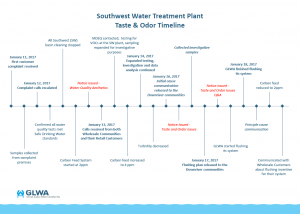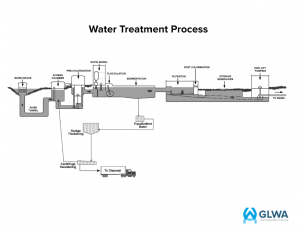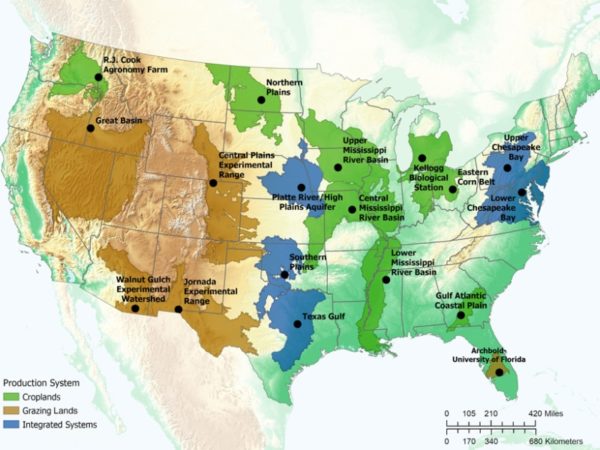
“It is significantly different from what happened in Flint.”
That’s the message from the Great Lakes Water Authority (GLWA) after more than 100 complaints came in from residents in Allen Park, Ecorse, Southgate, Lincoln Park and other downriver communities in the Detroit area in mid-January.
Some residents reported feeling ill from drinking the Sulphur-smelling water, and some said their pets got sick, too. They complained about discoloration, smell and taste.
But GLWA said today no one’s health was ever in danger from what some customers said was foul-smelling water.
GLWA officials say calls started coming in on January 11th but the calls subsided after January 17t. GLWA officials say they traced the problem to the twice-yearly operation of cleaning the basins at the Southwest Water Treatment Facility, which stirred up sediment and caused the discoloration and smell. GLWA says it has now implemented a systematic flushing plan to clear the remainder of the water treated during the cleaning of the settling basins from its system to try to make sure the problem doesn’t happen again.
Several Michigan lawmakers, including Representative Debbie Dingell, have been demanding answers for their Downriver constituents, who are upset and worried, especially in the wake of the water crisis in Flint. The Great Lakes Water Authority held a news conference in an attempt to make sure residents know they are not in danger from drinking the water, and to underscore their transparency about questions about the safety of their water.
GLWA’s CEO Sue McCormick says the problem was caused by what’s called turbidity –– defined as cloudiness or haziness in water – and called it an “aesthetics issue.” McCormick said, “We don’t want taste, odor or color in our drinking water but they are not a health issue.” However, she said those offensive tastes, odor and colors are now gone from the water. She says all test results on GLWA water have met the EPA’s Safe Drinking Water Act Regulatory standards. She said she wants to make it clear, “The water has been safe to drink one hundred percent of the time.”
GLWA’s Chief Operating Officer of Water and Field Services, Cheryl Porter, says the system is tested for safety 24 hours a day, 7 days a week. She says, “We are still doing our investigation. This was an unusual situation with an unusual amount of solids.”
GLWA serves nearly 4 million people in 7 southeastern Michigan counties and 127 municipalities.
For more information about the Great Lakes Water Authority, go to glwater.org






